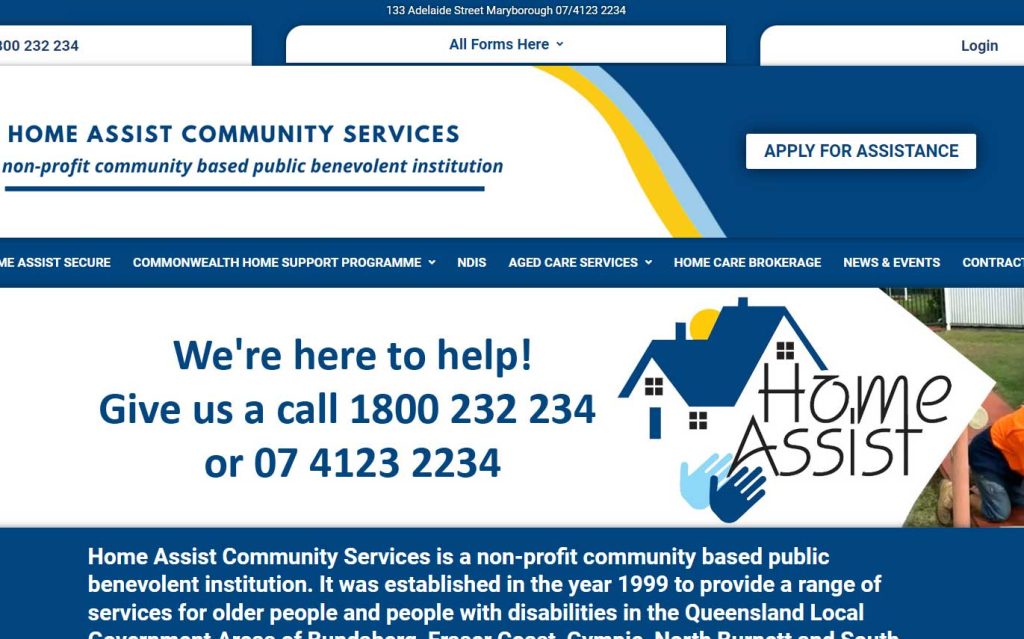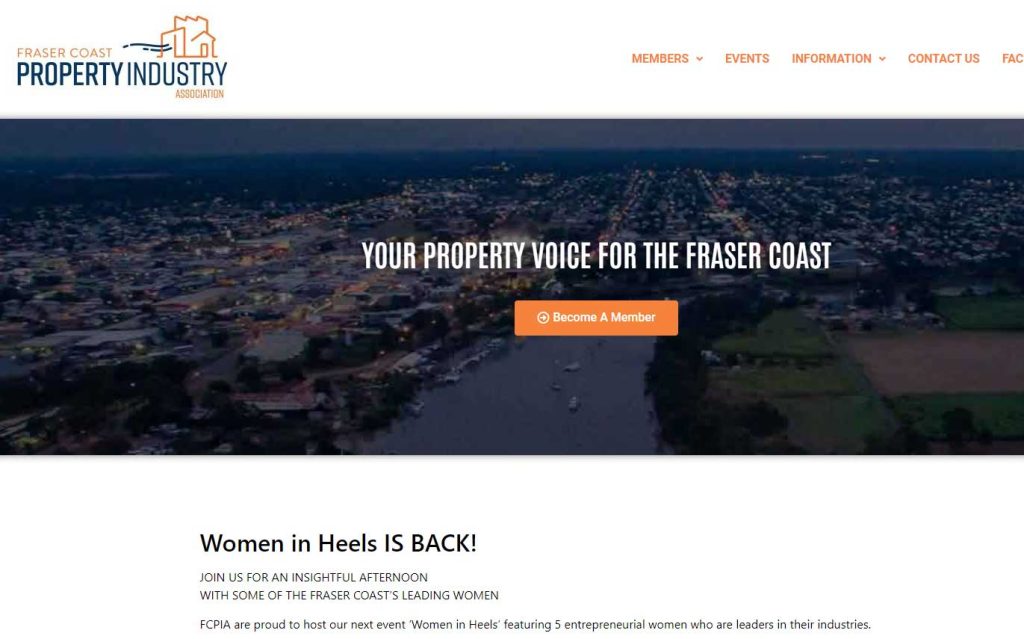We want to thank the team at Karma Dives for the opportunity to build and look after their website. For Karma Dives we have created an appealing customer interface for their diving clients presenting the diving courses and adventures offered.
To see the live website click here
Do you need a tourism website? Have a chat to us about options.
Creating a compelling tourism website isn’t just about showcasing beautiful images of destinations—it’s about creating an immersive experience that captivates potential travelers, informs them thoroughly, and ultimately converts them into visitors. A successful tourism website is one that seamlessly blends functionality, aesthetics, and user experience to inspire and assist travelers in planning their journeys. Let’s delve into the key elements that contribute to making a good tourism website.
1. Stunning Visuals: High-quality images and videos are the cornerstone of any tourism website. They evoke emotions, inspire wanderlust, and provide a glimpse into the experiences travelers can expect. From breathtaking landscapes to vibrant city scenes, the visuals should accurately represent the destination’s beauty and diversity. It’s essential to invest in professional photography and videography to showcase the destination in the best possible light.
2. Intuitive Navigation: A good tourism website should be easy to navigate, allowing users to find the information they need quickly and effortlessly. Clear menu options, logical site structure, and intuitive search functionality are essential. Visitors should be able to explore different destinations, activities, accommodations, and travel resources without feeling overwhelmed or lost.
3. Comprehensive Destination Information: Provide detailed information about each destination, including attractions, landmarks, activities, local culture, cuisine, climate, transportation options, and safety tips. The content should be engaging, informative, and tailored to different types of travelers, such as families, adventure seekers, and luxury travelers. Incorporating user-generated content, such as reviews and testimonials, can also enhance credibility and authenticity.
4. Personalization: Tailor the website experience to the individual preferences and interests of users whenever possible. Use cookies and user accounts to track past behavior and provide personalized recommendations, such as suggested itineraries, accommodation options, and activities. Implementing a robust booking system that allows users to customize their travel plans further enhances the personalization aspect.
5. Mobile Optimization: With an increasing number of travelers using smartphones and tablets to research and book trips, mobile optimization is critical. A good tourism website should be responsive and optimized for various screen sizes and devices, ensuring a seamless browsing experience regardless of the platform. Mobile-friendly features like click-to-call buttons and location-based services can also enhance usability on mobile devices.
6. Interactive Maps: Incorporate interactive maps that allow users to explore destinations, attractions, and points of interest in detail. Users should be able to zoom in and out, toggle between different map views, and get directions to specific locations. Integrating geolocation features can also enhance the user experience by providing real-time information based on the user’s current location.
7. Engaging Content: Beyond basic destination information, provide engaging content that tells a story and highlights the unique aspects of each location. This could include blog posts, articles, travel guides, and multimedia content such as virtual tours and 360-degree videos. Encourage user engagement through interactive features like quizzes, polls, and user-generated content contests.
8. Social Proof: Showcase testimonials, reviews, and user-generated content to build trust and credibility with potential travelers. Highlight positive experiences shared by past visitors, and encourage satisfied customers to leave reviews and share their photos and stories on social media. Social proof helps reassure users that they’re making the right choice by choosing your destination or service.
9. Seamless Booking Experience: Make the booking process as smooth and convenient as possible for users. Implement a user-friendly booking system that allows visitors to search for accommodations, flights, tours, and activities, compare options, and complete transactions securely. Provide multiple payment options and transparent pricing to minimize friction and increase conversion rates.
10. Accessibility: Ensure that your website is accessible to users with disabilities by adhering to web accessibility standards and guidelines. This includes providing alternative text for images, keyboard navigation support, and compatibility with screen readers and other assistive technologies. Making your website accessible not only helps you reach a broader audience but also reflects positively on your brand.
In conclusion, a good tourism website goes beyond aesthetics to deliver a seamless user experience that informs, inspires, and converts potential travelers into visitors. By incorporating stunning visuals, intuitive navigation, comprehensive destination information, personalization, mobile optimization, interactive maps, engaging content, social proof, a seamless booking experience, and accessibility features, you can create a website that effectively showcases your destination and attracts travelers from around the world.


